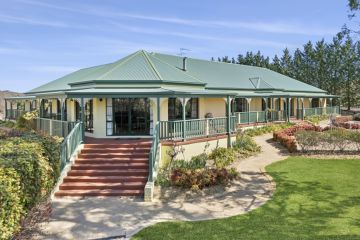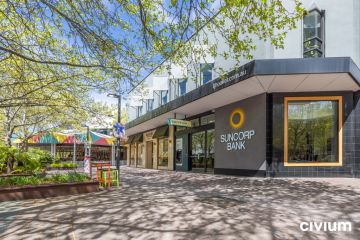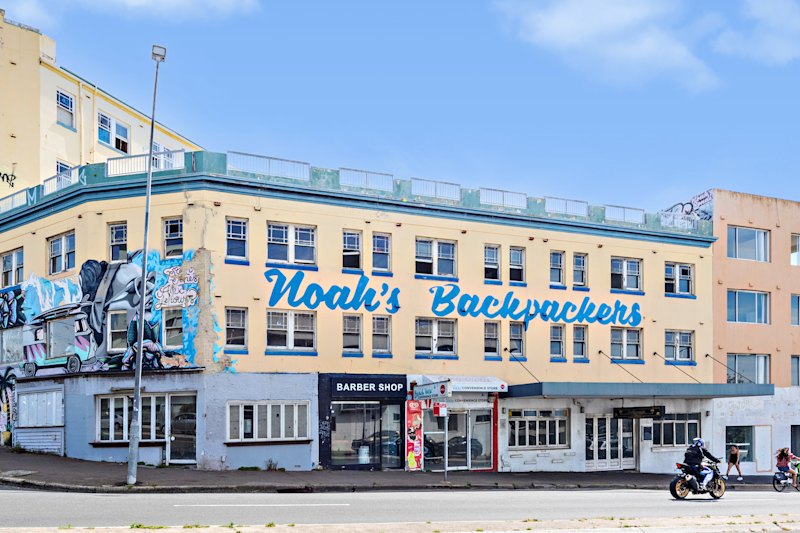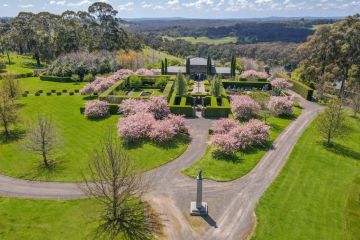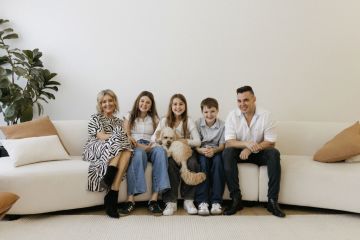Pet project: Nick Wirdnam's Bowl of Plenty
There are 43 or 44 items in this piece. My work deals with the concepts of belief and superstition and I look at this piece as a kind of cornucopia of good fortune – symbols of luck and hope and comfort.
There’s an apple for the promise of health and vitality (“an apple a day keeps the doctor away”) and an acorn for the preservation of youth and longevity. A Norse belief held that an acorn placed on a window sill would protect a home from lightning and an acorn in the pocket of an 11th-century English bowman gave him courage as he battled the French.
There’s garlic for speed, strength and endurance, sticks for assurance as in the saying “touch wood”, and wishbones for breaking and wishing and for the anticipation of good luck for the future. Finally there’s a die, for the non-believer – so, should you not think any of these things is going to offer you comfort or security, you can roll the dice.
Superstition may be essentially irrational but some beliefs may just hold some truth, offering hope and comfort.
My work is inspired by my experiences of living, personal circumstance, trying to make myself as lucky as possible. It’s armour for me.
A friend of mine says you won’t find too many non-believers on a sinking ship. As much as people say they might not believe, they still talk about their lucky shoes or their lucky socks. They still wish you luck.
My mistakes are pretty permanent: there’s no going back with glass. I would describe my process as hot sculpting, it’s free-formed and unforgiving. When you make that 11th acorn there’s 10 mistakes you hopefully won’t make again. But the objects have become much more refined, particularly with the wishbones. The first ones you could whack with a hammer and they wouldn’t break. Now they’re really fine.
I love about glass that it doesn’t give up all its secrets at once. It’s a negotiation: we’ll be able to go this far today … we can go further tomorrow. Always there is more to discover and learn. It’s a lovely material to work with but frustrating as well.
Glass has an ego. It wants to be shiny, it wants to be transparent and sometimes it wants to be colourful. I don’t want my message to get lost because the glass wants to show off. Although I admire the material and the qualities glass contributes to my work, I find the shine on glass distracting in this work. I rely on translucency to hold the light within and reveal the form more clearly.
When people ask me how long it takes to make a piece, I say about 35 years and at least 1½ hours. Whether it’s a good or a bad piece, it can take that long. I can spend an hour making a wishbone and 1½ days cold-working it. And at the end of all that it can still break. But that’s what I like about it: I like that wishes and the concepts I’m working with are fragile. I’m working with a material that’s equally as fragile as the hope and promise these objects might provide. For me that’s a nice balance.
Nick Wirdnam’s work is on display as part of Craft Victoria’s Leaders exhibition until July 25. craft.org.au
We recommend
We thought you might like
States
Capital Cities
Capital Cities - Rentals
Popular Areas
Allhomes
More


